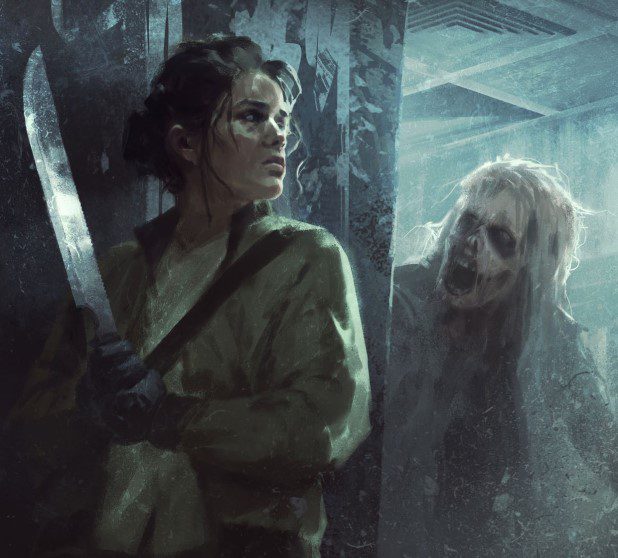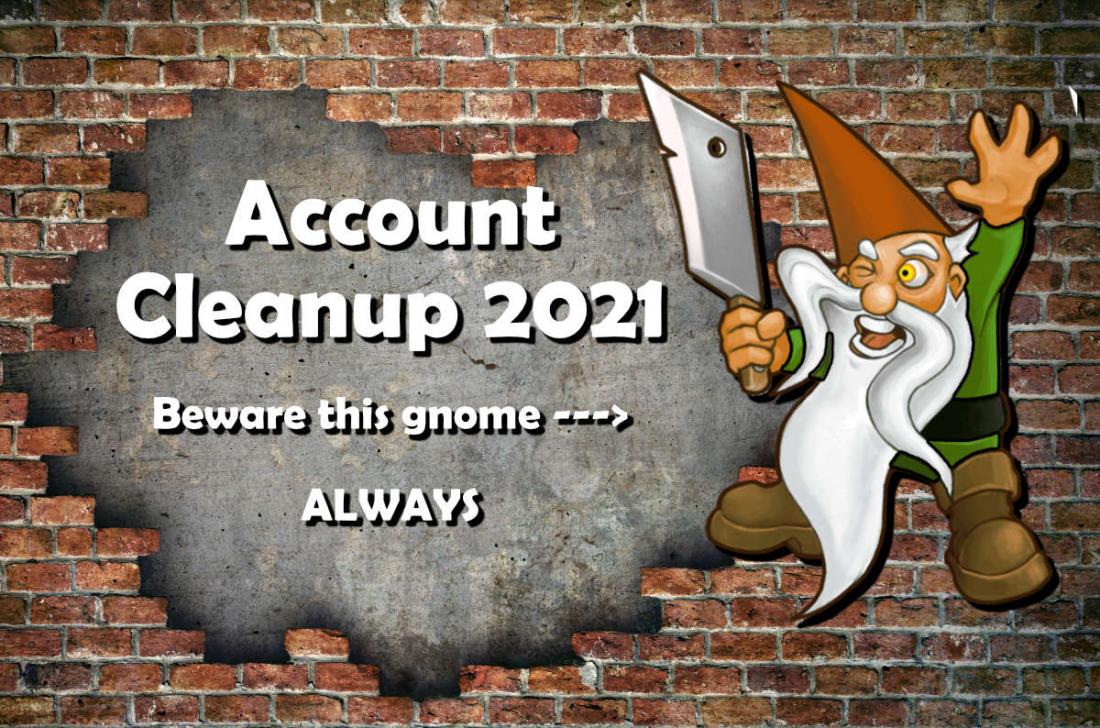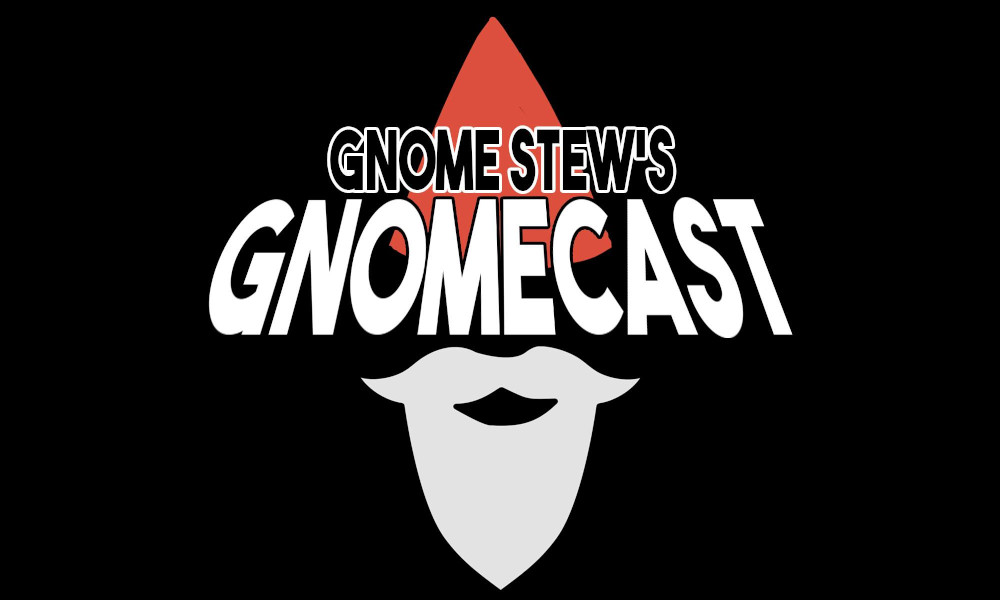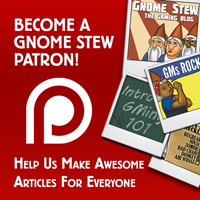
It’s been over ten years since I was introduced to The Walking Dead via Robert Kirkman’s original comic book series. I didn’t jump on the month-to-month issues, but dove into The Walking Dead Compendium Volume One, which featured the first 48 issues of the series. I also watched the first few seasons of AMC’s The Walking Dead, the licensed television adaptation of the comic book series.
I have a confession to make. I burned out on it hard. I loved the storytelling, and cared about the characters, in both the comics and the show. But I have my limits when it comes to tragedy, and for anyone that has read the comic, you may know where my tragedy buffer burned out when issue #48 came around. I don’t have as clear a delineation for when the show became more than I could follow, but I needed to come up for air.
Despite that, it was never the quality of the work, it was my own emotional boundaries that kept me from continuing. I continued to consume zombie and post-apocalyptic media, but I also learned that I had my limits when it came to the various aspects of storytelling on display in the series. This may feel a bit paradoxical, but this is part of why I wanted to do this review.
Disclaimer
I was provided with a review copy of this game by Free League, and I have received previous review copies from Free League in the past. I have not had the opportunity to play or run this game, but I am familiar with other Year Zero Engine games produced by Free League and have played them various times in the past.
The Walking Dead Universe Roleplaying Game Core Rules
Lead Designer Nils Hintze
Editing & Project Management Mattias Johnsson Haake, Tomas Härenstam
Cover Art Martin Grip
Interior Art Gustaf Ekelund, Martin Grip
Graphic Design Christian Granath, Dan Algstrand
Brand Management Joe Lefavi – Genuine Entertainment
Layout & Prepress Dan Algstrand
Maps Kevin Baussart, Christian Granath
Solo Play Matt Kay
Proofreading Brandon Bowling
Playtesting Marco Behrmann, Tomas Härenstam, Mattias Johnsson Haake, Kosta Kostulas, Christoffer Lindström, Jonas Möckelström, Anna Westerling
Digital Platforms Martin Takaichi
PR Manager Boel Bermann
Event Manager Anna Westerling
Customer Support Daniel Lehto, Jenny Lehto
The Book of the Dead
The core rules PDF is 180 pages long. This includes endpapers depicting the Northeast Georgia region (front and back), a title page, a two-page table of contents, pages for a character sheet, a haven sheet, a challenge sheet, and a travel log, as well as a three-page index.
Chapters begin with a two-page spread, and while this game is based on the television properties produced by AMC, the product doesn’t use images from the TV series, but rather artwork modeled on characters and events in the show, as well as original characters and situations. The book is dominated by a beige and dark red color scheme, and the full color images use a muted color palette.
The text is primarily in two column layouts, with different sidebars denoting different styles of additional information. Rules based information is in a red bordered, red shaded box, and for example “Dearly Departed Monologues” has a shaded dark gray background. The book also has lots of tables.
A Moment of Clarity
In my introduction, I mentioned Robert Kirkman’s Walking Dead comic, but you won’t find any trace that he was involved in the property in this book. If you haven’t followed developments regarding the ownership of the brand, here are some highlights:
- Artist Tony Moore sued Robert Kirkman about singing his rights to the comics
- Original showrunner Frank Darabont sued AMC for not paying him for developing the show
- Robert Kirkman sells his rights to The Walking Dead to AMC for a sum up front and ongoing profits
- Robert Kirkman and several others filed a lawsuit with AMC about the amount of profits they were reporting that would affect the amount paid to those parties
I’m not going to weigh in on who is right or wrong in any of this litigation. I just point this out so that there isn’t any mystery around why AMC is very clearly not referencing anything other than the television series they have produced for the property. I might have some of those issues firmly in mind while I’m reading the RPG rules, but it’s not in the text.
 The Walking Dead Universe
The Walking Dead Universe
This RPG is set in the shared universe that AMC has dubbed The Walking Dead Universe. That includes all the television series and spin off series (and maybe the novels?) that are tied into the continuity established by the original show. What that means in broad terms is that everyone in the setting is infected with a virus that causes them to come back as a zombie when they die. Zombie bites are particularly virulent, but they don’t cause you to be a walking corpse, they just hasten the inevitable. There are bastions of human civilizations here and there, but as far as we know, up to this point, larger government structures and supports have collapsed worldwide.
Additional details provided by the television series don’t factor into what is presented in this book too much beyond what I summarized. The book isn’t looking at detailing what is known about New York or the west coast or Europe. It’s just presenting you with what the status quo is as you create a local region for your PCs to attempt to survive within.
I’ll get into campaign modes a little bit later, but as far as setting goes, most of the information leans into the region of Georgia where the original television series started. The Golden Ambulance, a Survival Mode scenario, takes place between season 2 and 3 of The Walking Dead. This is basically a one-shot adventure for characters to play through. The campaign set-up includes Atlanta, which presents the Atlanta area after season 11 of The Walking Dead, removing all the known characters of the franchise, but including the remnants of some of the factions in the region.
Doing Things in the Face of Death
The mechanics of the game will be familiar to anyone that has played a Year Zero Engine game from Free League in the past. Characters have ratings for Attributes and Skills, and adding an attribute number and a skill number together tells you how many dice you get to roll to resolve an action. Each six on the die is a success. Most tasks only require a single success, but some may require multiple successes.
If you are familiar with the Alien RPG from Free League, you may also recognize the stress mechanic in the game. When you fail a check, you can push a roll, and when you do, you add a stress die. If a stress die comes up with a one, something bad has happened. So, while stress makes it more likely you can accomplish something, it also makes it more likely that something catastrophic may happen as well. There are also certain circumstances where events that transpire will add stress to the player characters due to fear or tension.
Every living thing in the game has three levels of injury. Once a character takes their third level of injury, they are broken, meaning they can’t take actions that would be resolved with dice. They might be able to crawl to cover or get behind someone else, but they can’t be sneaky, and they can’t shoot, punch, or stab. Walkers don’t use this paradigm. You are either dealing with a swarm, or with a single walker, and your success determines if you stop the walker before it does something terrible to you.
It should be noted that what kills you isn’t being dropped to Broken status but is determined by the charts used in the game. When you fail in your check to dispatch a walker, you roll on a chart to see what that failure means. You can get results that range from taking stress, taking an injury, losing a limb, or dying immediately. Even when you aren’t fighting walkers, critical injuries are mapped to a table, and that table tells you if an injury is lethal, if you can do anything about it, how long you have to do something about it, and how long until you recover from it.
In other words, this is not a game that is going to give player characters greater survivability than the average person in the setting, and lethal results can be a complete surprise, since both the charts for fighting walkers and taking critical injuries have relatively mild results and immediately deadly results.
Another mechanic that comes up quite a bit in light of resolving actions is the penalty assessed to a character. Someone with a critical injury or who hasn’t had enough to eat, or drink is going to be rolling with a penalty to their checks. The negative number represents the number of dice you subtract from your pool when you make your checks.
Despite the fact that everyone only has three levels of health, various weapons do anywhere from one to three damage. Different weapons also grant bonus dice to attacks. You can wear different types of armor, but there is no form of armor that doesn’t provide a penalty to your checks, which means you are trading damage mitigation for your ability to make a skill check to just get away from someone.
What About Those Walkers
There are several mechanics surrounding walkers to add tension to the game. Individual walkers don’t have health levels, you just roll to see if you dispatch them. Walkers are, however, often encountered in swarms. Swarm sizes can vary from one to six, representing anywhere from five to a thousand walkers.
When fighting a swarm, the PCs make three checks. If you have fewer than three characters, later checks are made with a penalty, and if you have more, other PCs can participate by taking help actions or leadership rolls. If your successes total the rating of the swarm, congratulations! If you fail, the swarm either gets bigger or attacks. There is also a particularly nasty option, and that’s to sacrifice another. If you win a contest against the sacrificed character, you can leave the fight, and the sacrificed character suffers an attack.
As you can see, the odds really start to ramp up against you when you are dealing with swarms larger than size three, and even at three, there is no guarantee that all of the three checks that count towards dealing with the swarm will produce successes.
But What If Humans Are The Real Monsters
Combat against the living is less of an ongoing skill challenge when compared with fighting swarms of walkers. Combat is broken into the following sections:
- Taking Cover
- Ranged Combat
- Close Combat
- Movement
- First Aid
- Other Actions
If you were ready to get out your initiative cards from other Year Zero Engine games, this game doesn’t use them. In close combat, characters aren’t attacking, then waiting for their opponent to attack. Who gets to do what to whom is determined by who wins the contest. Characters declare their actions at the start of each phase, with NPCs going first.
How Do I Make My Survivor
When you make a character using these rules, you pick one of the archetypes provided. The archetype provides you three choices for talents, from which you pick one. Each archetype gives you options to pick from for your Issue, Drive, and Relationship to Other Characters. It also provides you with a chart on which to roll for your starting gear. The archetypes included in the Core Rules include the following:
- The Criminal
- The Doctor
- The Farmer
- The Homemaker
- The Kid
- The Law Enforcer
- The Nobody
- The Outcast
- The Politician
- The Preacher
- The Scientist
- The Soldier
While archetypes provide starting gear, suggested options, and starting talents to choose from, assigning points to attributes and skills is wide open. Issues provide roleplaying guidance and may help to flavor the bad things that happen when your stress dice turn against you. You can call upon your Drive once per session to gain a bonus to a roll that pertains to that Drive. Your relationships help determine your anchors, and spending time with your anchors helps to lower your stress level. Talents are rules modifications that usually give you a bonus to rolls in certain situations, or let you use skill and attribute combinations in different ways than the default.
While the recent trend in RPGs has been to make inventory more flexible, this game isn’t one of those RPGs. If you don’t record something on your character sheet, you do not have it available. This is, in part, to reinforce the scarcity of items in the current world, and to encourage PCs to scavenge for useful items when they have the opportunity to do so.
 Where Do I Live
Where Do I Live
The group starts off with a haven, a place where they live that shelters them from the environment and lets them defend themselves in situations of adversity. Havens have a capacity, a defense rating, and issues. Capacity determines how many people the haven can comfortably house. Defense is a bonus added to rolls used to actively protect the location. Issues are ongoing problems that the PCs must address. Effectively, issues are the explanation for why the PCs must leave the haven to do something dangerous.
You can undertake different projects to add elements to the haven. This requires assigning a number of the NPC residents to a task and assigning to that task for a given amount of time. Different projects can modify different ratings. For example, devoting resources at the haven to creating a potato field gives your haven a capacity of three. Devoting resources to reinforcing stone walls gives your haven a defense score of four.
In addition to the PCs going out to deal with issues the haven may have, you can send NPCs out on runs to help the haven as well. NPCs have different skill levels that they roll of anything they need to resolve, ranging from four to seven. PCs can undertake projects to train NPCs in the haven at specific tasks, making it more likely they’ll survive being sent out to do important things on their own.
We’ve seen The Walking Dead, right? We know havens don’t just go on happily in perpetuity. Different threats can cause a haven to lose its ratings, and a walker swarm that attacks and is equal to or greater than your defense is going to breach your defenses.
The Core Rules have a few sample havens included:
- The Bus on a Hill
- The Factory
- The Villa
- The Old Schoolhouse
- The Rooftop Apartment
- The Mall
What Kind of Game Do I Play
Like the Alien RPG, The Walking Dead RPG defines different modes of play. These modes of play include the following:
- Campaign Mode
- Free play
- Season play
- Survival Mode
Campaign mode has two different subtypes explained in the book. In free play mode, you make your haven, you perform runs to keep it functioning, you deal with challenges and other factions, and you craft a story together. In season mode, there is an overall story arc underlying the day to day functioning of the haven, which comes to a head after an agreed upon number of sessions. Starting the next season usually involves a time shift, a location change, or a general paradigm change of some sort.
Survival Mode is where you play through a published adventure using pre-generated PCs. There is a primary narrative that the PCs are dealing with that will be more important than the day-to-day upkeep of the haven. Survival Mode is much more likely to deal with characters and locations that have appeared in the television series.
In campaign play, the GM will set up a number of challenges that have to be addressed, as well as a broad regional map. The GM will put other settlements on the regional map, as well as the locations of different walker swarms that may flare up to challenge different havens in the region. In each sector of the map that the PCs investigate, they may be able to scavenge useful material, find trained NPCs that may join their haven, or learn about a challenge before it has become an active problem.
There are charts for challenges, travel (weather, ruins, wilderness), encounters, and varying threat levels of discovered walkers. There are also rules for NPC reactions, as well as very brief, utilitarian rules for adjudicating different wild animals that PCs may encounter.
While the GM can pick a real world location that they can break into 10 x 10 kilometer squares, and place various other settlements, factions, and walker swarms on that map, if you want to jump straight into play, post-TV series Atlanta and its environs are already set up for you. Also, as an American, it’s kind of amusing to see sections of the US divided into kilometers, no matter how logical it might be.
 Hard Questions
Hard Questions
There are a lot of intuitive rules for adjudicating resources, exploring, and dealing with walkers, and I appreciate that dealing with walkers almost feels like dealing with a natural disaster rather than fighting undead monsters in this system. I feel like much of this has struck the right balance between what needs rules, and how detailed those rules need to be.
That said, I feel like there is a whole side to this kind of setting that isn’t addressed as well as it could be, and some of that is the ongoing trials of licensed properties. There is a sidebar with three paragraphs about safety in this book, and it directs the reader to do some research online about safety tools in RPGs, and to listen to players when they raise concerns or want to take a break.
The examples of play are filled with instances of player versus player conflict, in some cases up to and including killing one another. In several places the book discusses how human life must be evaluated differently in this time of calamity, meaning that people that can’t provide value to the group may not be worth supporting with resources. Even beyond the idea that this is a setting filled with dead people that won’t stay dead, those are major issues that need to be addressed in a very sensitive and careful manner.
Player versus player conflict can bleed into real world feelings very easily, and while there are a lot of examples of it in the television series, your table may think it’s hard enough to survive a zombie apocalypse and they don’t want to play in those spaces where their own close knit group regularly thinks about offing one another.
The fact that the game text even brings up the idea that people with disabilities might be a liability, and that people in the haven may need to assess who they can “afford” to support, but then leaves those concepts without any deeper discussion, is a huge problem. Bringing that question up at all kind of throws it in my face that as a diabetic person with asthma, would a haven doing the “logical” thing just let me die out in the cold?
I don’t see any sensitivity consultants listed in the credits of the book, and knowing that these questions are brought up and not addressed, I don’t think there was any kind of priority given to having disabled voices address possible problems with the setting. Therein lies a big problem with a lot of licensed games.
If the property doesn’t deal with social inequities in any great detail, the owners of the property probably don’t want the game to deal with subjects that aren’t part of the oeuvre of the IP. People adapting that IP via a license don’t want to take a chance on devoting a lot of time, effort, and word count on something that is not specifically about expressing the IP in a desirable light. In some cases, bringing up issues like this shines a glaring light on the fact that the IP itself hasn’t valued certain voices in the course of its storytelling.
A Successful Haul The content of the IP means that failure to spend more time on safety and inclusiveness makes this game potentially difficult for a lot of people who might otherwise appreciate some well implemented and elegant rules.
From a basic game design standpoint, this hits all the bells and whistles for recreating the genre that the game is emulating. While there are rules for exploring, scavenging, fighting, and customizing a home base, all those rules summarize those activities in a manner that is easy to wrap your head around. This is another example that the Year Zero Engine is a very flexible basis on which to build an RPG, and that the more games come out using the engine, the more the customized pieces for some of those games will be available to be the building block of other robust game systems, without requiring everything the YZE system to be included every time.
Threat Level
The game provides what it needs to provide to be a successful, robust game experience. It doesn’t provide the tools that it needs to provide a safer social dynamic for people using the game. I’ve seen people that have leaned into player versus player conflict as a great role-playing opportunity, without providing safety tools or a means to pump the brakes when things get heated, and I’ve seen games collapse over that behavior, and real-world relationships be harmed. I would hate to see someone running a game of this introduce hard decisions about resource allocation that effectively tells people at their table that if need ongoing care, or if they can’t provide value as defined in strictly utilitarian terms, in this world that they are collaboratively playing in, the players would likely be seen as a burden. That’s horrible, and it’s even worse given that there are solo rules given in the book that introduce the concept of playing yourself in the Walking Dead world.
Tenuous Recommendation–The product has positive aspects, but buyers may want to make sure the positive aspects align with their tastes before moving this up their list of what to purchase next.
The content of the IP means that failure to spend more time on safety and inclusiveness makes this game potentially difficult for a lot of people who might otherwise appreciate some well implemented and elegant rules. If you like the Walking Dead or zombie apocalypse survival stories in general, there is a lot of good mechanical support in this game, but I implore you to do the work that this book didn’t do to make sure you use these rules in a sensitive, careful manner.
















